Featured Exhibition
P-3 Orion
The exhibition includes a scale model of the aircraft dating back to 1968, and a 13-minute documentary featuring interviews with pilots and crew, and a yachtie rescued by the aircraft back in 1994.
P-3 Orion: The story of an extraordinary aircraft is not to be missed!


Short Talk Series
D-Day special - Kiwis flying from the shortest airfield in England
After just 50 days, the 300-strong unit left, and the airfield returned to farmland. Host Chris Checketts will share the brief, intense history of RAF Horne and its short-lived role in WWII.
Our Aircraft
Explore AircraftMore to explore

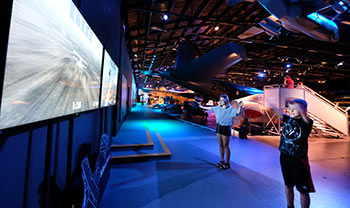


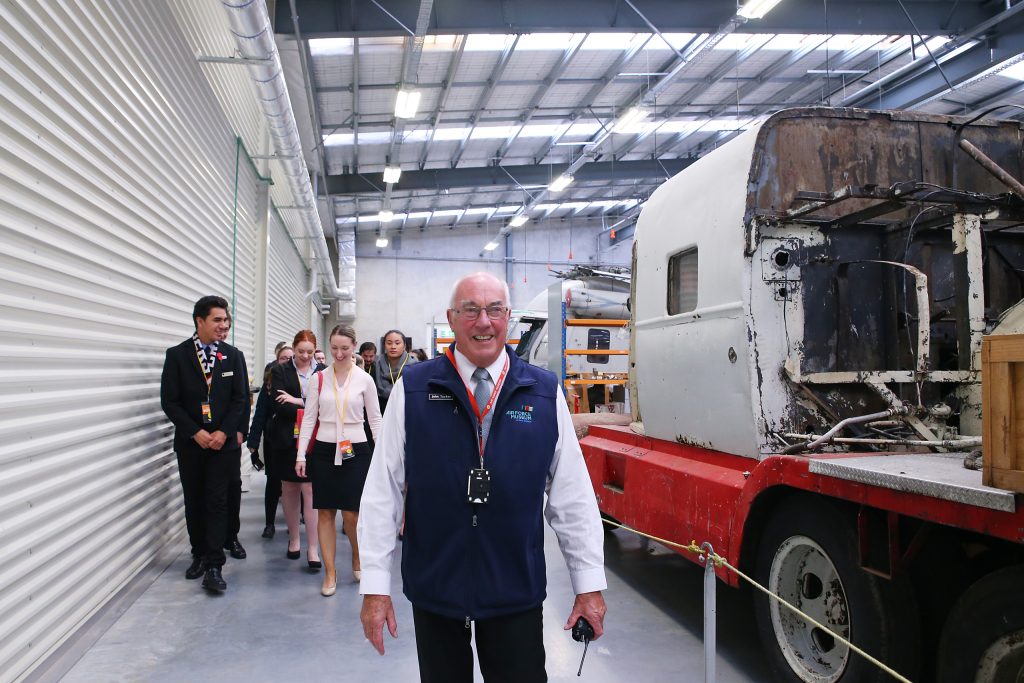
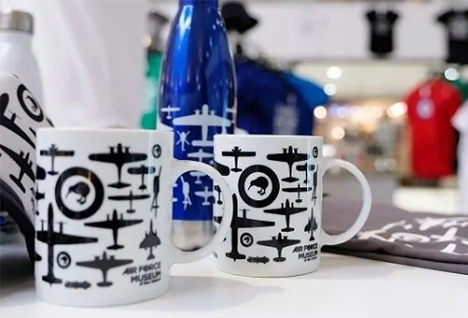
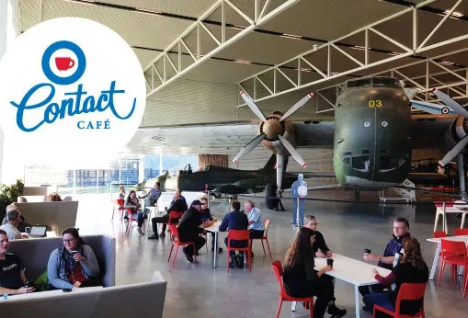
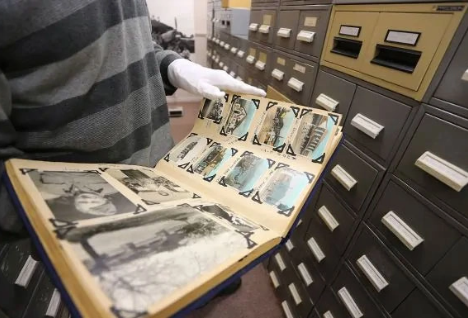

Today we remember three brave New Zealanders who were killed on operations over France 80 years ago.
Wing Commander James Fraser Barron, DSO, DFC, DFM; Flying Officer Jack William Walters, DFC and Flying Officer William Hamish MacDonald were all serving with No. 7 Squadron when they were killed on a bombing raid over France on 20 May 1944.
Fraser Barron and Jack Walters were in the ‘master bomber’ aircraft from No. 7 Squadron over the target near Le Mans. Their Lancaster was brought down over the target area, with the loss of eight lives.
William MacDonald was the mid-upper gunner in another Lancaster from No. 7 Squadron which was hit by flak and crashed near the town of Marquise. Seven crew members died.
The three were highly experienced aviators serving in an elite Pathfinder squadron. Their job was to pinpoint the targets and coordinate the raids to ensure success.
Fraser Barron was born in Dunedin and trained at Taieri and Wigram before heading for England.
He flew Wellington, Stirling and later Lancaster bombers and was one of the RAF’s most experienced pilots with an extraordinary record. He was only 23 when he was killed on his 79th operation – and he was the only RNZAF airman to receive the DSO, DFC and DFM.
Jack Walters, from Gisborne, was the wireless operator in Fraser Barron’s aircraft. He had flown 51 operations and been awarded the DFC. He was 23 when he was killed.
William MacDonald, 21, was from Whanganui. He was on his second tour of operations when he was killed.
Today we acknowledge their courage and sacrifice.
They shall grow not old, as we that are left grow old:
Age shall not weary them, nor the years condemn.
At the going down of the sun and in the morning
We will remember them.
Image 1: Fraser Barron is congratulated by the New Zealand High Commissioner Bill Jordon and Mrs Jordan in London after Barron’s investiture at Buckingham Palace. MUS001164
Image 2: Jack Walters, from the Weekly News.
Image 3: William MacDonald (from the Allan Mason Forbes Alexander personal album) ALB2318313043
#RNZAF #rnzafpastandpresent ... See MoreSee Less
Comment on Facebook
RIP.Lest we forget.
To celebrate International Museum Day 2024 the Air Force Museum team has combined our favourite helicopter with a tribute to Abba on the 50th anniversary of our favourite Swedish band winning the Eurovision Song Contest.
Who says a Bell 47G Sioux can’t look stylish?
Learn more about International Museum Day at
imd.icom.museum/
#christchurchnz #RNZAF #InternationalMuseumDay ... See MoreSee Less
Comment on Facebook
Very well done. I remember the LP being at my parents when I was younger and I must admit I was impressed with the recreation
Thanks, guys! Now I have "Arrival" going through my head. Still, there are worse ear worms...
Was initially nervous to look at the photo in case you had dressed up RAZ “the daz” Malkin up as one of the band members. Raz Malkin
Excellent choice.
Still got the Album...
Love it
Love it! Loving the new do, Brett Marshall ...
My My … 🤣
Love it 😄
🫶🏻✨❤️😍☺️🤣🫡
#W
Mark Jewitt show mum 😂
Mama Mia
View more comments
WE HAVE A WINNER! And the correct answer to our mystery base brain teaser is .... Whenuapai.
The winner of the beautiful coffee mug is Tammy Smithgreen (Instagram).
Thanks for entering everyone! ... See MoreSee Less
Comment on Facebook
Happy birthday Fanshaw - 102 today!
Flight Lieutenant Henry B. Fanshaw P81109, RNZAF hero and much-loved mascot of No. 75 Squadron is celebrating his special day.
Henry lives in retirement here at the museum, but we dug out his personal file to shine some light on his extraordinary career.
Don’t worry – no bear’s privacy rights have been breached – Fanshaw has given us permission because his memory is a little hazy after all these years.
Born on 16 May 1922, his nationality was given as Arctic and his religious affiliation is to the Church of Bears. No-next-of kin is recorded in the file but there is a reference to him being a father of 10.
He joined the RNZAF in 1939 and trained as a pilot from January until December 1939 in Canada. A pass for flying training is recorded in his file on 1 January 1940, and he joined No. 75 (NZ) Squadron at RAF Harwell, flying Vickers Wellington bombers.
As No. 75 Squadron’s mascot, Fanshaw took part in missions over Europe and witnessed the enormous courage and sacrifice of those aviators during the war years.
He was on a refresher course in 1955 until 1957 and a jet conversion course in 1958. In 1969 he joined the US Navy as a pilot and returned to 75 Squadron on 9 July 1972.
Fanshaw served in Kuwait and on many peacetime missions, going wherever No. 75 went.
He has also seen a bit of action while off duty. There is also a New Zealand Police summons in the file, and some other mysterious (mostly kidnap) notes and references from throughout his colourful career.
He has been absent without leave many times over the years, but it appears these were all kidnappings.
Here’s to you Fanshaw!
Courageous hero, aviator extraordinaire, kidnap victim, reformed criminal, father of many and bear about town!
#rnzaf #rnzafpastandpresent #tepapa ... See MoreSee Less
Comment on Facebook
He was on parade at the air combat force (2,14 & 75 Sqn) disbandment parade. I still remember the parade commander (CO 75) instructing the supply officer to ensure he made it to the chapel before we marched off.
And another photo from Timor.
He turned up in Timor in 2000 too.😀
I remember when he was at the old Ohakea Museum a few moons ago